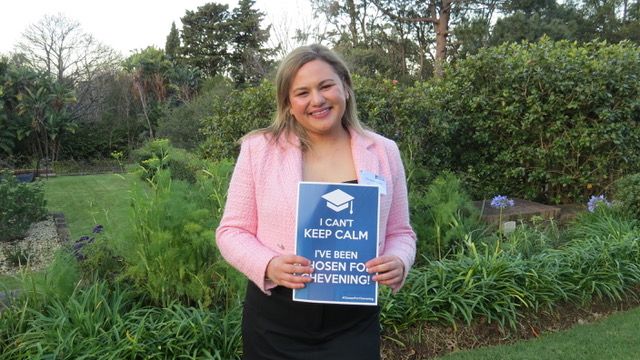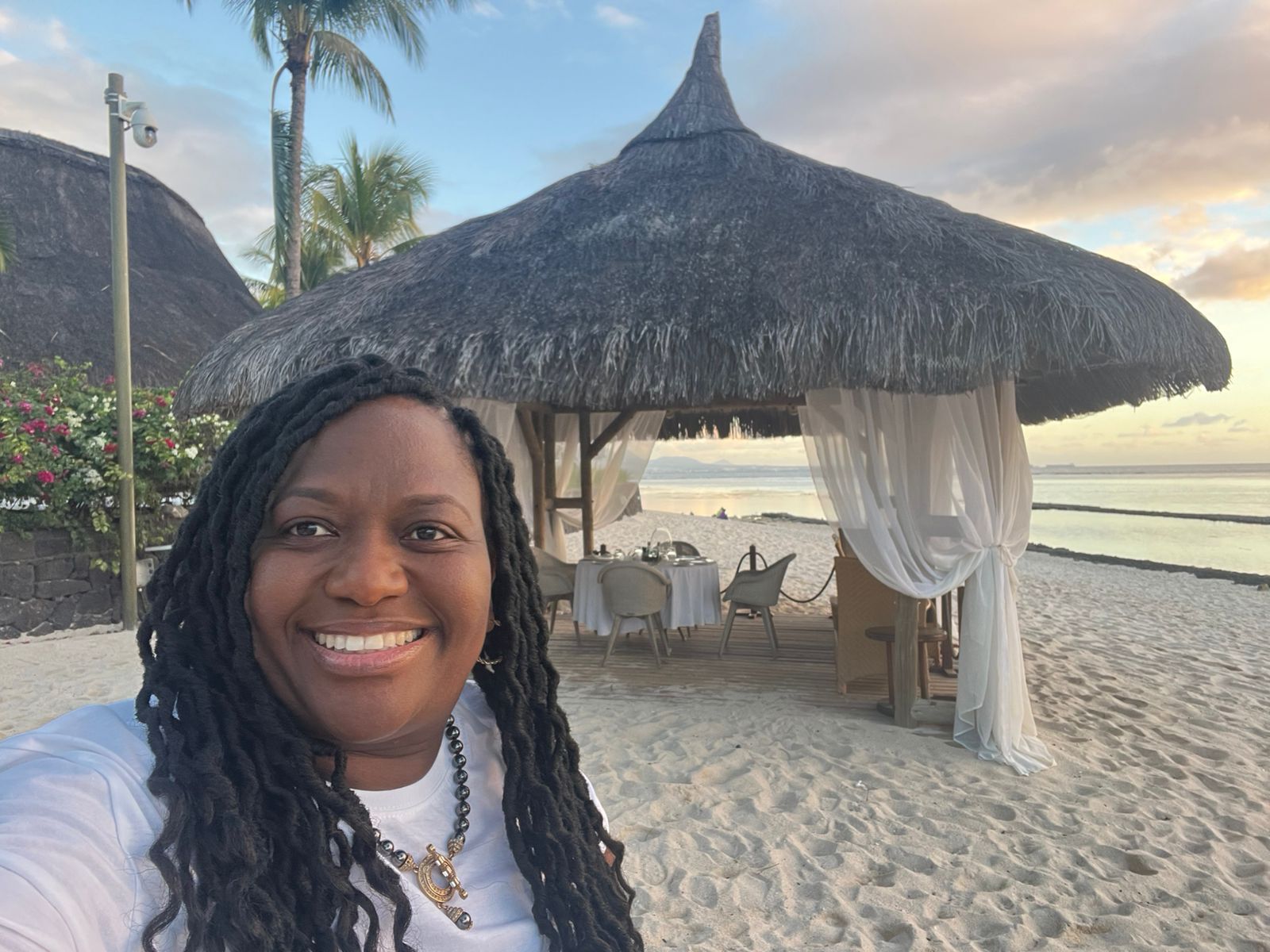
Thinking of studying abroad? You’re not alone. About 12 000 South Africans head overseas each year, hoping to gain an education that opens even more global doors for them.
But what does it take to get there? We spoke to Sable International’s study abroad advisor, Jamie Theys, about all the requirements you need to meet to end up in the country and university of your dreams.
How can South Africans apply to study in the UK, Australia, and the US?
Study in the UK
According to Sable International, to study in the UK, you must apply through the Universities and Colleges Admissions Service (UCAS) from 18 May for the following academic year, which starts in September. The deadline for applications is 30 June.
The UCAS fee is £22.50 for one course and £28.50 (£28.95 for 2026 entry) for multiple courses and late submissions.
You’ll need:
- A personal statement outlining why you chose your course and university.
- Academic records and supporting documents.
If accepted, you’ll receive a conditional offer. Once you meet the conditions and pay your deposit, you’ll receive a Confirmation of Acceptance for Studies (CAS), which is needed for your visa application.
Visa requirements
You’ll need a points-based student visa and at least 70 points to be eligible to apply. Points are awarded for:
- An offer from a licensed UK institution.
- Proof of funds.
- English language proficiency (often met with national senior certificate matric English results above a C grade).
South African residents must also take a TB test at an approved testing centre and submit the results with their application.
You can apply no earlier than six months before your course begins and no later than six months after receiving your CAS. Student visas allow part-time work (maximum 20 hours/week in term time).
Study in Australia
To study in Australia, you need to apply directly to the university or via an authorised education agent, e.g. ICEF-trained advisors like Sable International.
Entry requirements to universities will vary based on your course. Some courses require proof of English proficiency; however, matric English may suffice. You may need to do a one-year foundation course if the entry requirements are unmet.
To qualify for an Australian student visa, you must:
- Have Confirmation of Enrolment for each course of study.
- Prove you have enough money for your stay.
- Meet the good character requirement.
- Meet the health requirement.
- Prove you have a welfare arrangement if you are under 18.
Study in the US
To study in the US, you’ll need an F-1 student visa. Start by completing the I-20 form provided by your university and registering with the Student and Exchange Visitor Information System (SEVIS). You must also submit the DS-160 form, provide a photo, and attend an interview at your nearest US embassy or consulate.
English proficiency is required. Most students can use their school results, but tests such as the International English Language Testing System (IELTS), Test of English as a Foreign Language (TOEFL), or Pearson Test of English (PTE) are widely accepted.
Health insurance is not a visa requirement, but your institution may require it. It’s strongly advised, as medical costs in the US are high.
Study in Europe
The student visa requirements for Europe are country-dependent, but they generally include proof of acceptance into an educational institution, proof of funds and accommodation, and health insurance. It’s advisable to contact companies like Sable International, which can give accurate guidance on the requirements based on your country of choice.
How much does getting a student visa for Australia, Europe, the UK, and the US cost?
According to Sable International, you can expect to pay the following for a student visa:
- UK: £524
- Europe: Between €130 and €180, depending on the country.
- US: $510 altogether, with $160 for the application fee and $350 for the SEVIS fee.
- Australia: AUD$2 000
Do you need proof of funds for a student visa?
“Yes, most countries require one year of tuition fees and one year of living expenses [in your account],” Jamie says.
Countries typically require this to show you can cover these costs without depending on local assistance or public resources. This is a requirement for student visa applications.
“The funds need to be in your account for 28 days or more, but no less than that. Ideally, there shouldn’t be any lump sum payments into the account during those 28 days, but if there are, they shouldn’t be greater than R50 000,” Jamie adds.
She says Sable International applies a 28-day period or longer for any country the student is applying to, to avoid lump sum transactions.
The account must also allow for immediate access to the money.
According to the UK government, the end date of the 28-day period must be within 31 days of the date you apply for your visa.
“If you have a student loan or financial sponsorship, you’ll need to provide evidence of this from your loan or sponsorship company,” it says.
For Australia, some universities may require bank statements with the application, Jamie says.
It’s best to contact study abroad advisory firms to get more information on the exact documentation needed to prove financial means in your chosen country.
Which countries charge an international student health insurance fee, and how much does it cost?
“Every country you go to will require you to get medical insurance or pay a health surcharge,” Jamie says.
Apart from the UK, which charges £776 per year for its Immigration Health Surcharge, Jamie says other countries don’t have set prices for medical or health surcharges.
However, some countries calculate the fee by “looking at whether you’re coming in alone or with family, which university you’re going to and the duration of your studies”.
The exact fee will either be given to you in your offer letter or you will get it at the visa application stage.
“For the UK, you pay it with your visa application. For Australia, you get it within your offer letter, so you need to secure it with your offer; that’s a condition. For any other country, you can look for private medical insurance or one the university has partnered with,” she adds.
What is the average cost of living for international students in the UK, Europe, the US, and Australia?
- UK: Between £10 224 (outside London) and £13 347 (within London) per year.
- Europe: Between €7 000 and €15 000 per year.
- US: Between $10 000 and $20 000 per year, depending on where you’re placed.
- Australia: AUD$29 710 per year.
What is the average tuition fee for international students in the UK, Europe, the US, and Australia?
- UK: Between £14 500 and £30 000, depending on the university’s tier.
- Europe: Between €7 000 and €30 000, depending on the programme.
- US: Between $20 000 and $50 000.
- Australia: Between AUD$25 000 and AUD$40 000.
What is the most important financial factor to consider before moving overseas?
Jamie says having a year’s living expenses and tuition fees available for your visa application is the most important financial factor to consider before deciding to study overseas, because this will impact the outcome of your visa application.
What is the most common mistake parents or students make when preparing to study abroad?
“Thinking that our education system is not well recognised abroad, or parents and students thinking they must have either A-levels or an IB Diploma [a pre-university course for students aged 16-19, recognised by universities worldwide] to be eligible for studies abroad.
“Our national senior certificate is very well recognised abroad.
"So, you don’t technically have to do an A-level or an IB Diploma to study abroad; you are eligible to study with your national senior certificate,” Jamie says.
What’s the biggest “admin” surprise students face once abroad?
Opening bank accounts to access funds. Jamie says this can be quite daunting because of the different regulations for these accounts.
This is where Shyft comes in handy. The multicurrency wallets can be topped up with your funds and linked to physical and virtual cards.
You can order physical cards in your chosen currency before you head overseas and create virtual cards that you can link to Apple Pay, making it easier to pay for tuition, rent, and daily expenses without the hassle of opening a local bank account.
What do most parents overlook during the study abroad process?
Jamie says parents are often unaware of who is eligible to sponsor the student.
“Most countries only accept parents and spouses, and in some cases, grandparents.
"However, no external sponsors, such as godparents, aunts, and uncles, are accepted unless you transfer funds to the student or the student’s parents.
“Sometimes, company or government sponsors are accepted, depending on the documents they may require for this process,” she adds.
Jamie says the other important aspect parents overlook is where funds can be held.
“For the visa, the reserve amounts (one year’s tuition and living expenses) need to be held in your personal current or savings account, and we can accept investment accounts as well. Credit cards and home loans, which parents tend to supply for this purpose, are not accepted,” she adds.
What challenges do South African students face when studying abroad, and what advice do they have?
South African students studying overseas say the biggest challenges often aren’t the ones they expected. Beyond meeting visa and tuition requirements, many struggle with adjusting to new cultures and managing money in a foreign country.
Here are some unexpected challenges and lessons students have shared to help others considering the same journey:

Caryn Welby-Solomon, who is doing a Master’s in Film Studies at University College London in the UK, says, “The biggest challenge I faced was deciding which university to apply to based on what I wanted to study, the university’s reputation, the location, the quality of teaching, etc., and how that aligned with my academic and career goals.”
She says once she started with her studies, connecting with her classmates was the next challenge. “I was about 10+ years older than they were. But after a few weeks, I made some amazing friends once I opened myself up.”
She says that financially, “there are numerous hidden costs associated with travelling, events, and campus food that one often does not budget for.”
Caryn adds that it’s also important to be open to new ways of learning because “every country also has different styles of learning and teaching”.
“If you struggle with anything, always ask for help. It’s better to get advice than to struggle on your own. My professors and the support staff were lifelines when I found myself struggling with the material,” she says.

Tumelo Baloyi, who was applying for an MBA at Hult International Business School in the US, says she had to delay her studies because her degree was insufficient: “So I had to study for one additional year in SA.”
Another challenge she encountered was that scholarships don’t cover 100% of the study fees and expenses.
Her advice for those looking to study overseas? “Grade 10 is the right time to start implementing your study abroad plan. If you are targeting a specific sport scholarship, you must make sure you play to accumulate all the accolades they require.”
She also advises students not to limit themselves to Ivy League schools.
“There’s a world of exceptional universities out there worth exploring.”
Regarding scholarships, Tumelo says it’s essential to understand what they cover so you can plan accordingly.
“Know what the institution will cover and what is left for you to cover, including flights from SA, accommodation, and pocket money.”
How can an international student be financially savvy once they arrive abroad?
Jamie advises joining WhatsApp groups or support services for international students. “They will get intel on where coffee or groceries are cheaper, and where they can get meals.”
She also suggests finding fun activities on campus, which are usually discounted or free compared to off-campus sites.
Plus, most international universities have great amenities. “They sometimes have clubs and lots of restaurants.”
How can Shyft help South African students manage their finances abroad?
Shyft helps students and parents manage the high costs of studying abroad by offering the cheapest forex rates in the market and making sending, receiving, and spending money in foreign currencies easier.
While visa proof-of-funds must be shown in a personal savings, current, or investment account, Shyft becomes a powerful tool once students begin their study journey abroad.
With Shyft:
- Parents can give students multiple multicurrency cards, which can be topped up instantly at the cheapest forex rates. This helps protect against fluctuating exchange rates and makes it easy to budget, since each wallet or card can be used for different needs.
- Students can receive scholarship payments or part-time income directly into Shyft, in Australian dollars, US dollars, euros and pounds.
- Families can send and receive money globally for free with Shyft-to-Shyft payments.
- Essentials can be bought in South Africa and delivered to a student’s new residence abroad.
- Students can start investing early in local and global stock markets, building financial literacy and future savings.
This means parents have peace of mind knowing funds are secure and easily accessible, while students gain independence and smart money tools from day one.